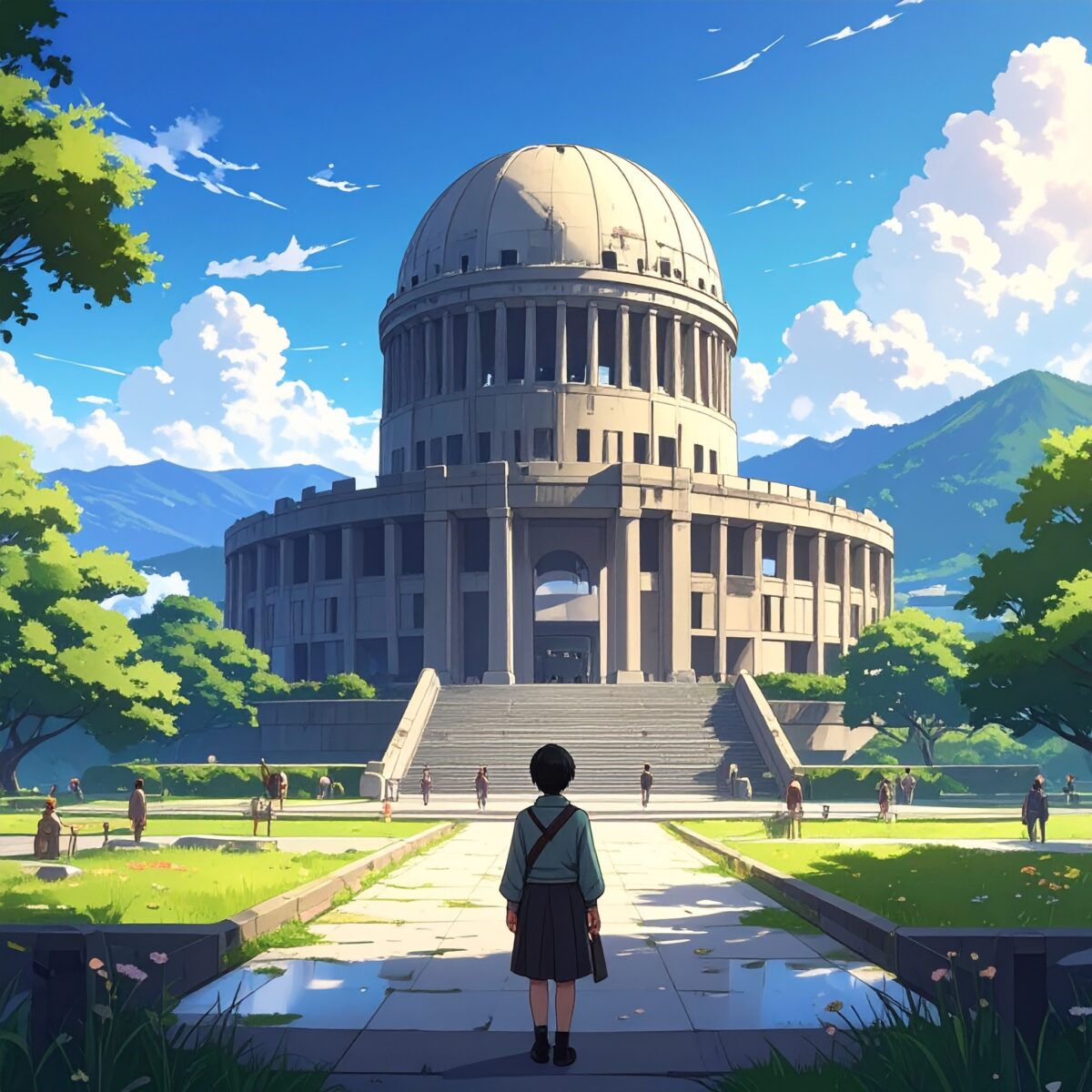Located in the heart of Hiroshima City, the Atomic Bomb Dome and the Hiroshima Peace Memorial Museum stand as powerful symbols confronting the memory of World War II and expressing a global wish for a world without nuclear weapons. For both Japanese and international visitors, a reflective day spent here offers profound emotional insight and learning that go far beyond ordinary sightseeing.
Just a 15-minute ride by streetcar or bus from Hiroshima Station brings you to the Peace Memorial Park. At its center rises the Atomic Bomb Dome, an awe-inspiring structure that once served as the Hiroshima Prefectural Industrial Promotion Hall. On the morning of August 6, 1945, at 8:15 a.m., the atomic bomb detonated nearby, instantly reducing the city to ruins. Miraculously, part of the dome’s outer walls survived, silently standing today as a witness to the horrors of war and the unbreakable dignity of human life. Its presence transcends time and nationality, speaking directly to the hearts of all who stand before it.
Despite being in the center of a bustling city, the atmosphere surrounding the dome is one of solemn stillness. Standing there, one feels that this is not merely a “ruin,” but a sacred place layered with countless lives and hopes—past and present.
Just a short walk away lies the Hiroshima Peace Memorial Museum, where visitors encounter powerful exhibits: charred clothing, melted watches, heartfelt letters, and haunting photographs. These items—each telling a story of loss and love—bring the reality of that tragic day into sharp focus. Through testimony videos and personal accounts, the museum reveals the human side of history—stories that textbooks often overlook. The experience leaves many speechless, prompting deep contemplation about peace, resilience, and the shared future of humanity.
At the end of the Hiroshima Peace Memorial Museum’s exhibit, visitors encounter a heartfelt message: “Learn from the past, and apply it to the future.” Alongside the urgent call for the abolition of nuclear weapons, this message quietly poses a personal question to each visitor—“What will you choose, and how will you live?” Though the museum documents a devastating tragedy, it is equally a space for sharing memories born out of hope.
Within Peace Memorial Park, monuments such as the “Children’s Peace Monument,” the “Peace Bell,” and the “Cenotaph for the Atomic Bomb Victims” are scattered throughout the serene landscape. Each of these structures embodies a prayer, an intention. Walking among them, one naturally steps back from the noise of daily life, turning instead toward introspection. It is a deeply meditative experience, inviting a personal encounter with the values of peace and remembrance.
After the visit, taking a quiet moment by the nearby river or at a peaceful café allows the emotions and reflections to settle within. There is no need to rush into words—what truly matters is how these feelings remain with you, quietly shaping your outlook long after the journey ends.
A day spent visiting the Atomic Bomb Dome and the Hiroshima Peace Memorial Museum goes beyond mere tourism—it becomes a deeply personal moment of reflection. It is an opportunity to confront the weight of history and reconsider your connection to the present. This is a place that one should visit at least once in a lifetime, as it invites a quiet dialogue between the past and the self who lives today.




